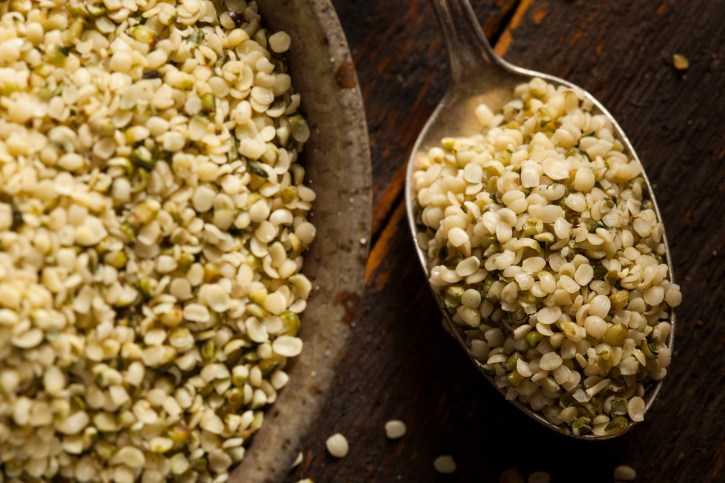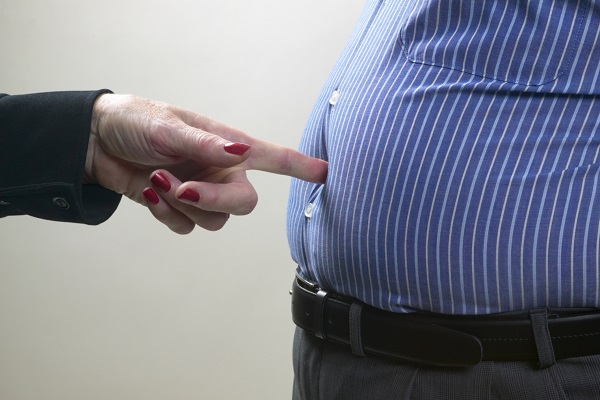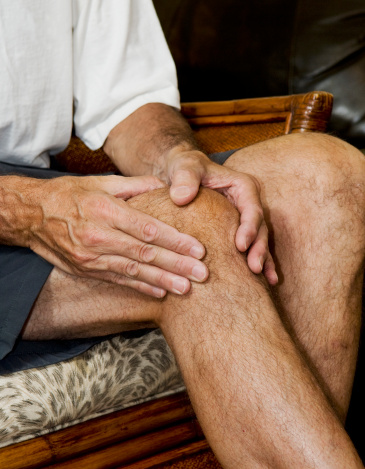Fighting High Cholesterol with Diet and Exercise
Having high cholesterol is more of a serious health risk than most people realize. Often there are no symptoms involved with this potentially deadly health condition. High cholesterol increases your chances of aquiring Atherosclerosis (plaque build up in walls of arteries), blood clots, hypertension, heart disease, heart attack, and stroke. According to the Centers for Disease Control & Prevention (CDC) 2006 report, heart disease is the leading cause of death in men and women. If you are diagnosed with high cholesterol your first lines of defense are a healthy diet, weight loss, and physical activity.
How does exercise reduce cholesterol levels? It promotes weight loss, which reduces your amount of LDL (“lousy”/bad/artery clogging) cholesterol. Physical activity stimulates enzymes that help transport LDL from the blood/blood-vessel walls to the liver. The liver converts the cholesterol into bile (for digestion) or prepares it to be excreted. So, the benefit of exercising more is that you’ll flush more LDL from your body. Physical activity also reduces your cholesterol levels by increasing your HDL (“happy”/good cholesterol). Working-out tones your body’s circulatory system promoting clear blood vessels and a stronger pumping heart.
How much exercise do I need? Most public health organizations recommend 30-minutes of moderate to vigorous physical activity most days of the week. From a personal trainer’s perspective my recommendations are: 20-30 minutes for beginners or those who only need to maintain their current weight; 45-60 minutes for weight loss (for those in the overweight category); 60-90 minutes for weight loss (for those in the obese category); or 20-minutes of H.I.I.T. (high intensity interval training) for those who are medically cleared to participate. H.I.I.T. training involves short segments of intense cardio followed by short segments of recovery time (example: sprint 1-minute and then walk 1-minute. Repeat cycle until cardio time is achieved). Higher intensity levels of exercise produce faster results than moderate levels. However, if you’re not at a level of fitness to practice H.I.I.T. training, any type of exercise is better than none! Pick exercises that you like to do and do them well. Don’t just go through the motions to get it over with. Have fun and challenge yourself! You’ll enjoy the payoff of good health (mentally and physically). Remember, it’s more fun with a partner. Pick someone who can help keep you accountable. If you’re not sure where to begin, schedule a session with a personal trainer.
What types of food should I eat to promote lower cholesterol levels? A diet containing lean protein, healthy grains and oils, combined with lots of fruits and vegetables is desired. Some of the top cholesterol lowering foods are: fish or Omega 3 fatty acids (flaxseed, canola oil), oatmeal, oat bran, whole grains, high fiber foods (kidney beans, barley, pears, prunes, apples, etc.), walnuts, almonds or other nuts (stick to a small handful…no sugary or salty varieties), extra virgin olive oil, soy, plant sterols and stanols. If you’re struggling with what to put on your grocery list, schedule a session or two with a registered dietician (RD). Find local RDs online at http://www.eatright.org/public/fard.aspx.
What foods should I limit to improve my cholesterol levels? Avoid saturated and trans fats. Stay away from hydrogenated products. Checkout this website for a complete list http://www.sustainableenterprises.com/Body/hydro.htm. Limit red meats, fried foods, whole-milk dairy products, butter, cream, ice cream, egg yolks, coconut and palm oil, cheese, cream cheese, certain shellfish, organ meats, duck and goose. O.K., I can hear you all yelling at me because ice cream is on the list! Anything in moderation is fine. Going overboard is not. Become an avid label reader! Look at what you are eating. Is it healthy and full of nutrients or is it full of empty calories? Your body will react accordingly to what you feed it.
You can take control of your health by truly taking care of yourself. Have your cholesterol tested every 5 years (starting at age 20). Get at least seven hours of sleep every night, eat a well-balanced/nutritional diet, drink half of your weight in ounces of water a day, and get plenty of exercise. Persistence is the key to success. Practice good habits consistently and you’ll lose weight, reduce your cholesterol levels, and feel great!
Tips:
Exercise and healthy eating habits are your weapons against high cholesterol.
Always read labels! Learn to differentiate between nutritious or empty calories.
Keep your daily fat intake between 20-35% of calories.
Move more to lose more!
Feel good about taking charge of your health!
-
Blow away Those Nasty Love Handles?
Are you looking for exercises for love h
-
Weight lose_Lost of their mind_Food for thought
Lost in the idea of weight lose, not knowing where to start. There
-
Taking A Good Peek At The Final Phase Fat Loss Program
This critique will look at the details from the Final Phase Fat L
-
Street Lamps, One Of The Greatest Street Furniture Of All Time
Lamps of the Past Street lamps are probably one of the most commonly
-
A Collection of Natural Weight Loss Resources and Flat Stomach Diet Websites To Jump Start Your Journey To A New You!
On this page I have put together a collection of the best natural
-
What is Missing From Almost All Weight Loss Programs?
Is losing weight just a matter of eating better, exercising more an
- DON'T MISS
- Set Realistic Weight Loss Goals
- Do You Have to Gain Back the Weight You Lost?
- Tips to Manage Adult Incontinence!
- 5 Little Tricks to Avoid Vacation Weight Gain
- Tips To Help Shed The Pounds Off!
- Defining Overweight and Obese
- How To Make Weight Management
- In search of a milk alternative
- The Best Exercise To Lose Belly Fat
- Some Help Losing Weight from your Brain




